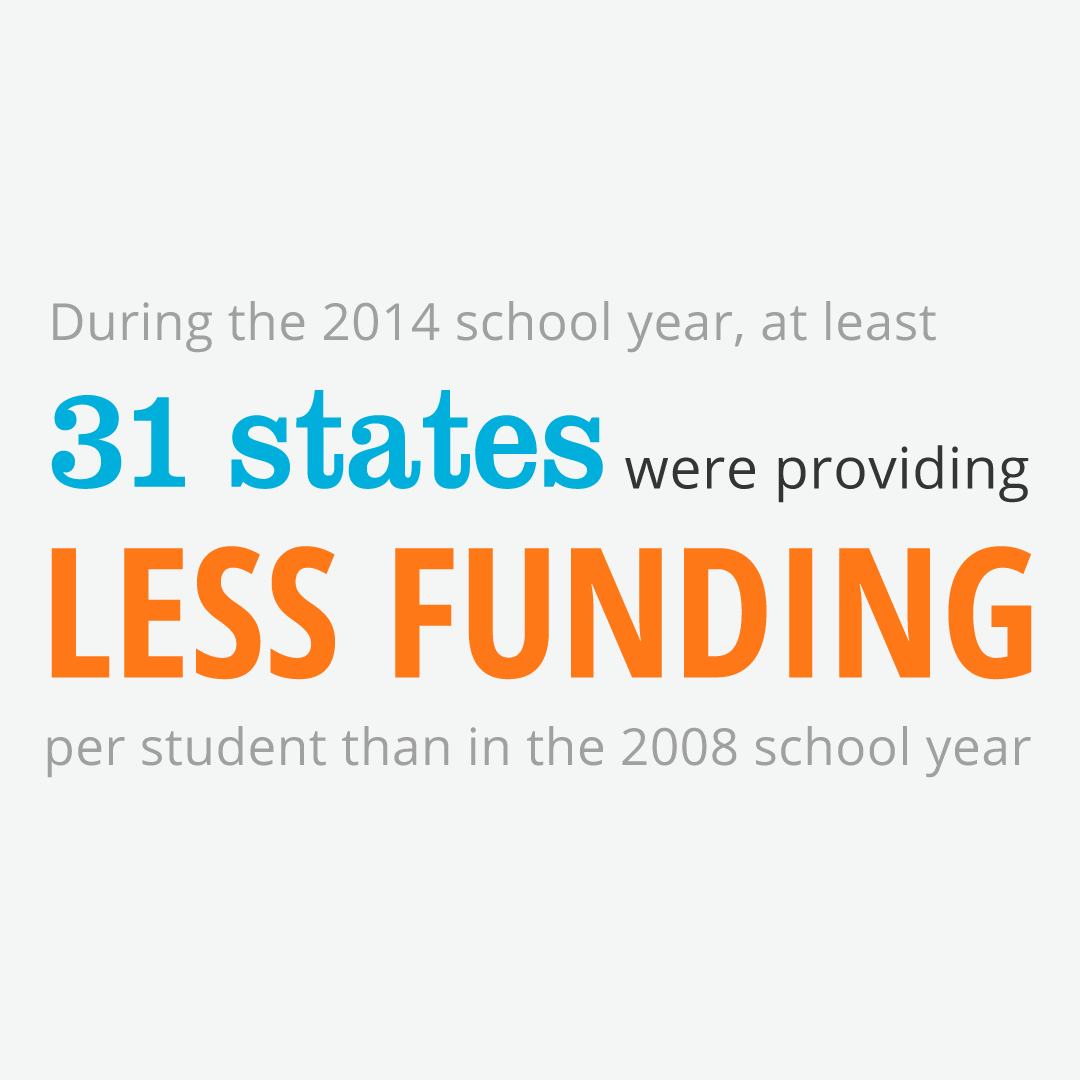The following is a statement by K.N. Gunalan “Guna,” Ph.D., P.E., President, American Society of Civil Engineers (ASCE) in response to the House Select Committee on the Climate Crisis’ Solving the Climate Crisis action plan:
“Resiliency and adapting to a changing climate go hand in hand, and we must now be anticipating how dramatic changes and disruptions could impact our designs and future infrastructure needs.
Therefore, we commend Rep. Castor and the Select Committee on the Climate Crisis for their leadership and recommendations provided in the comprehensive Climate Crisis Action Plan, which includes many recommendations ASCE presented to the Committee last year. The report recognizes ASCE’s Infrastructure Report Card in many of its recommendations, noting the enormous maintenance backlogs our highways and roads are facing, the $80 billion needed in the next 10 years to maintain and strengthen the nation’s levees, and the $1 trillion maintenance gap in our nation’s water systems.
We are also thrilled to see the report incorporate our recommendations on:
- adopting consensus-based and resilience-based codes and standards;
- support for the Federal Emergency Management Agency’s (FEMA) Building Resilient Infrastructure and Communities (BRIC) grant program;
- the need for a federal flood risk management standard;
- programs that boost grid resilience, advance the research and development of climate science, and support innovative technology-based solutions that build resilience;
- the use of Lifecycle Cost Analysis (LCCA) for all federal projects greater than $5 million; and
- other ASCE priorities, including increased funding for the Water Infrastructure Finance & Innovation Act (WIFIA), the National Dam Safety Program, the High Hazard Potential Dam Rehabilitation Program; fully funding the National Levee Safety Program and the Land and Water Conservation Fund; and support for the Outdoors for All Act and the Water Quality Protection & Job Creation Act.
Investing in community resilience must include rebuilding and building using resilience-based codes and standards—a key recommendation in this report. ASCE standards are developed using a rigorous and consensus based process that relies on technical experts and the best available science and research from federal agencies such as NIST to develop tailored standards for the hazard threats in specific regions of the United States. We encourage policymakers to look at successful existing standards for adoption such as ASCE 7, Minimum Design Loads and Associated Criteria for Buildings and Other Structures (ASCE/SEI 7-16); ASCE 24, Flood Resistant Design and Construction; and ASCE 41, Seismic Evaluation and Retrofit of Existing Buildings; as well as best practice guides such as the ASCE Manual of Practice 140, Climate-Resilient Infrastructure: Adaptive Design and Risk Management.
We look forward to working with Congress to make sure our infrastructure is built for the future, with an eye towards resilience, mitigation, preparedness, and economic opportunities for all.”























































